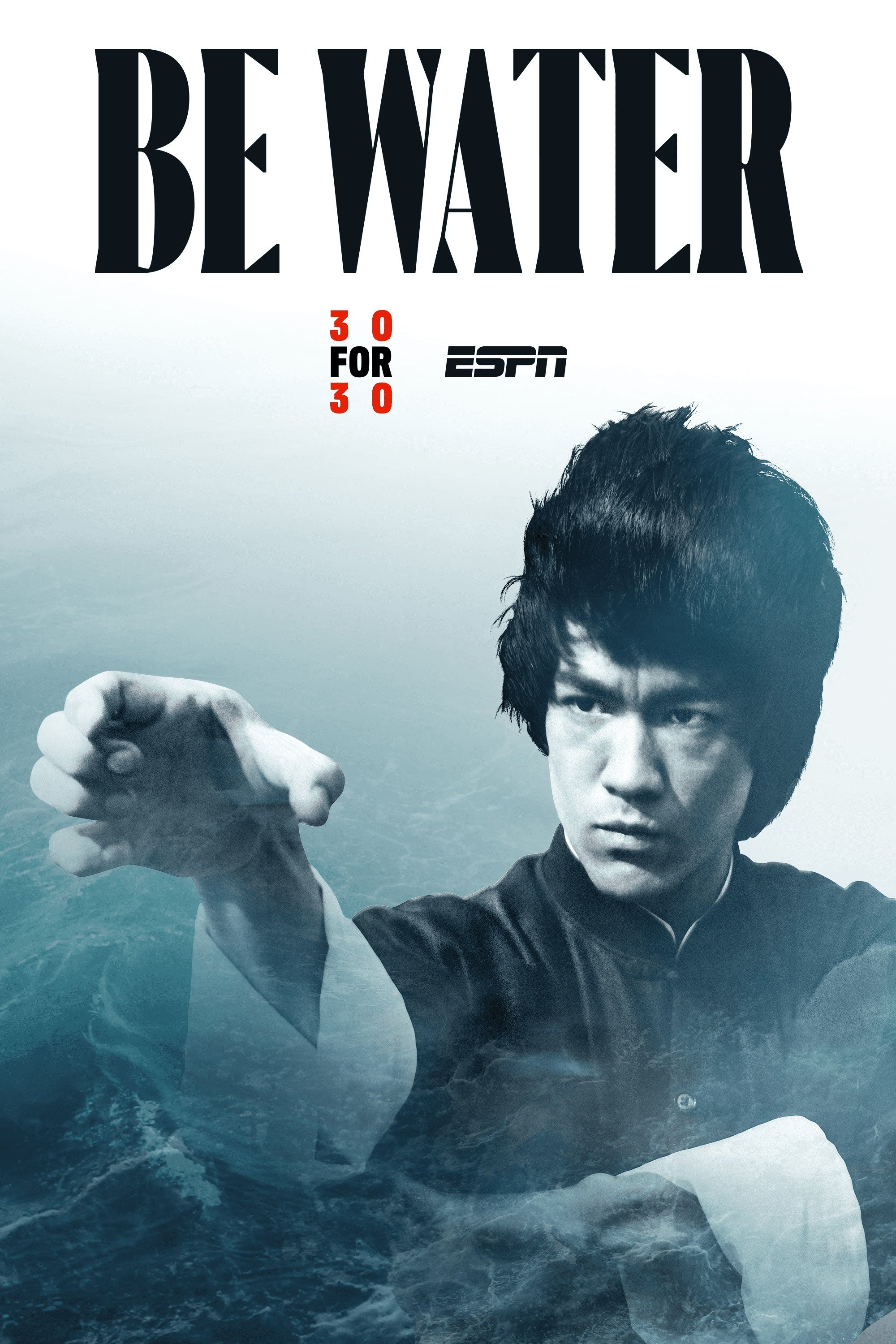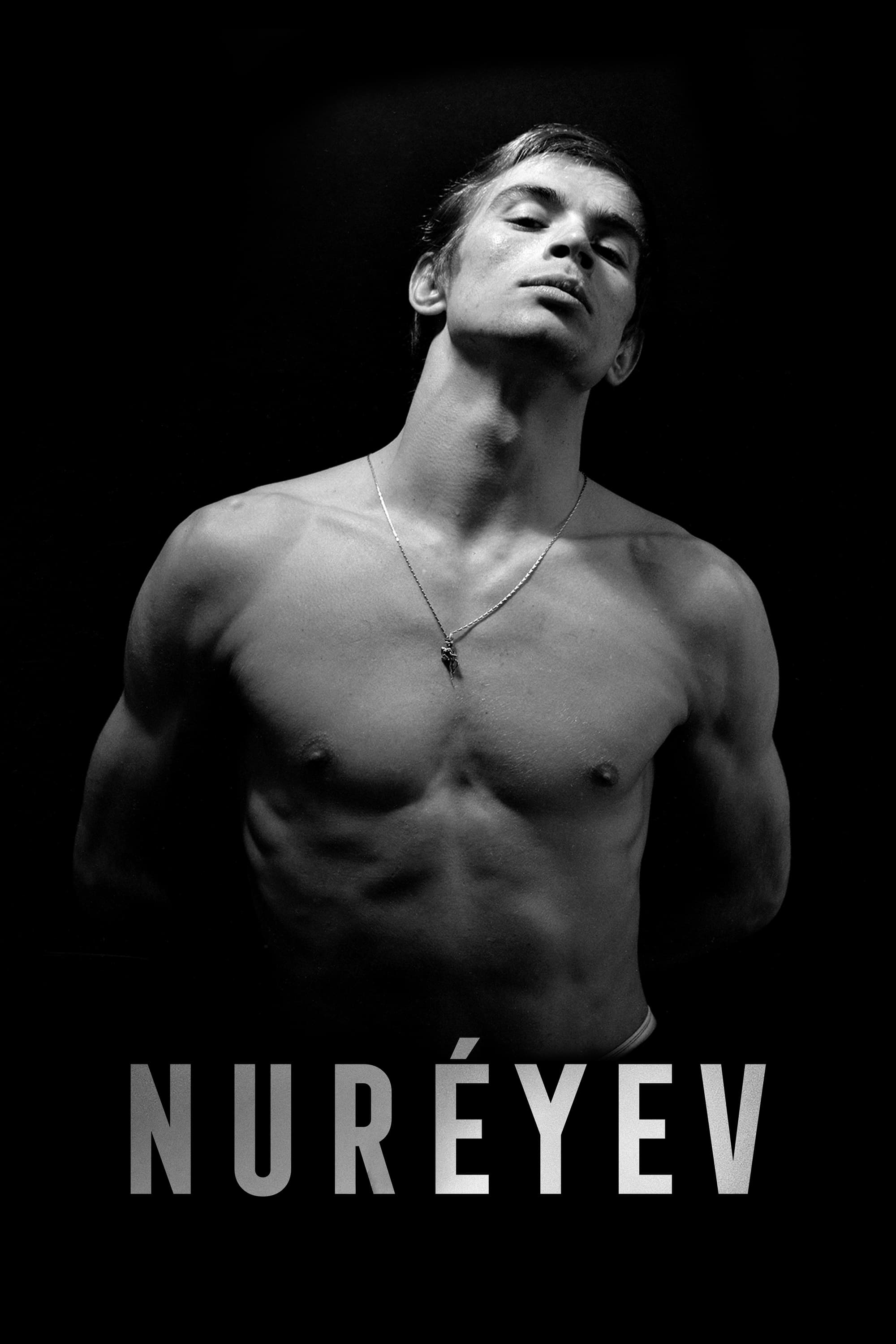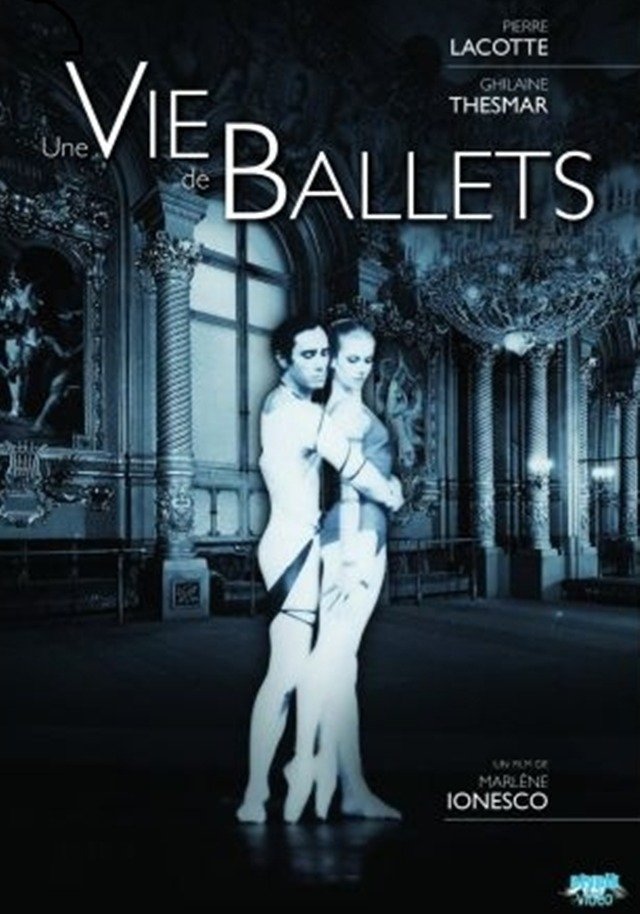
Overview
Rudolf Nureyev
Known For
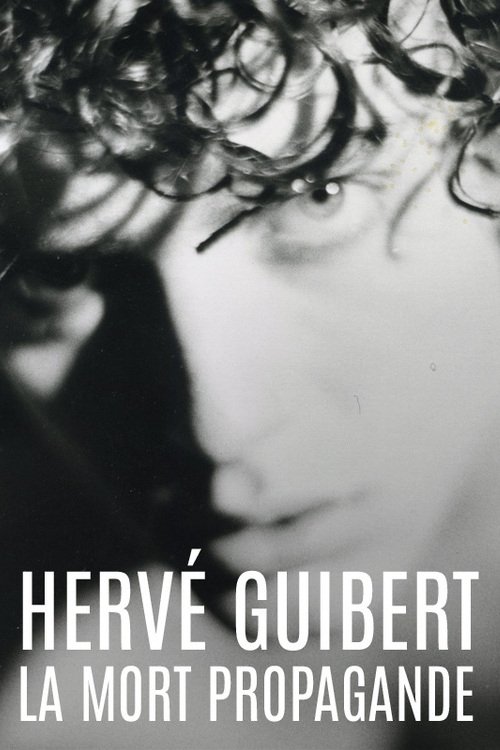
Hervé Guibert, la mort propagande
From this "inexorable disease", Hervé Guibert did not recover. The...

Marius Petipa, le maître français du ballet russe
When he arrives in Saint Petersburg, at the age of...
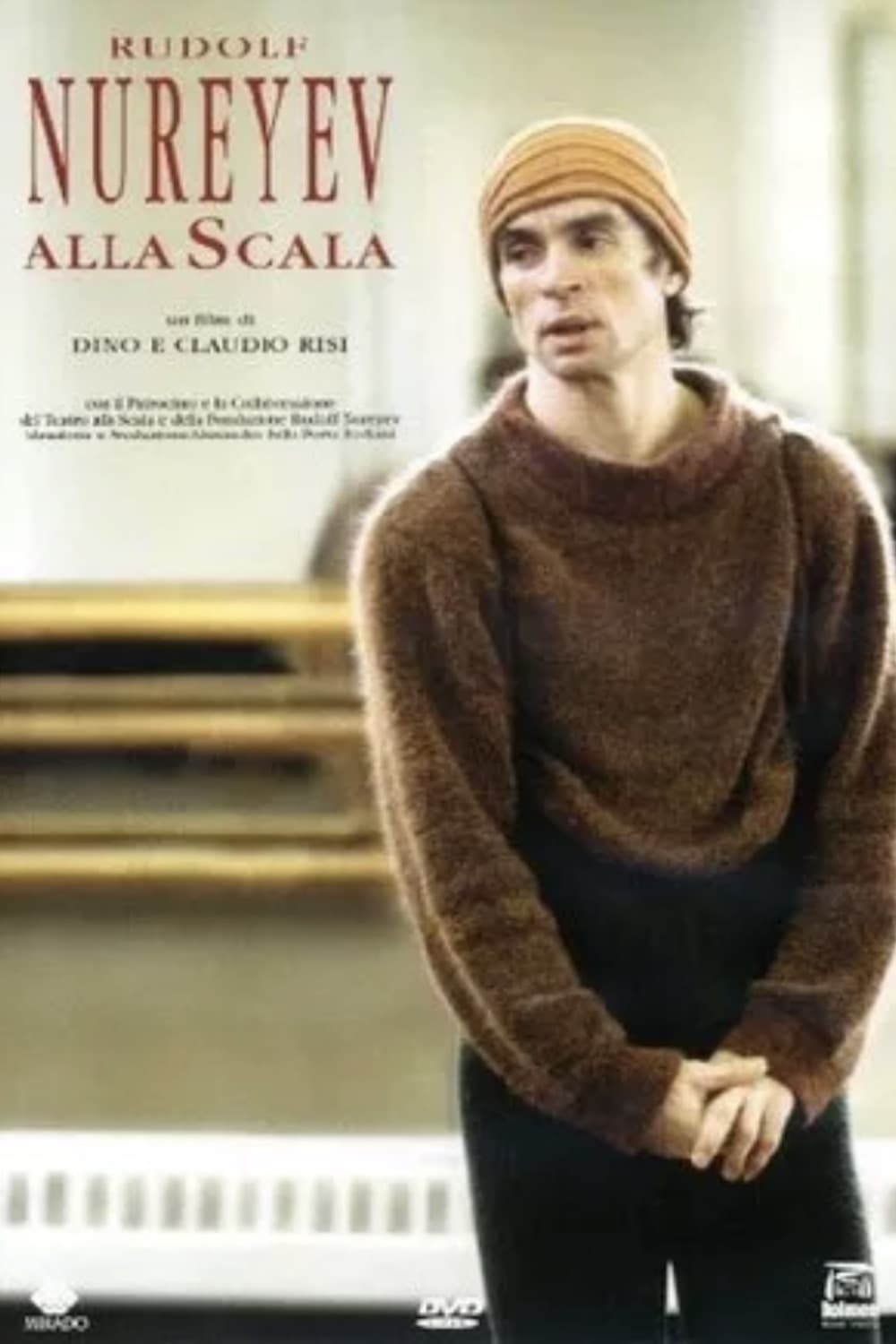
Rudolf Nureyev alla Scala
Acclaimed Ukranian dancer Svetlana Zakharova, who later became one of...
The Sleeping Beauty
The National Ballet of Canada interprets Tchaikovsky's timeless three-act opera...
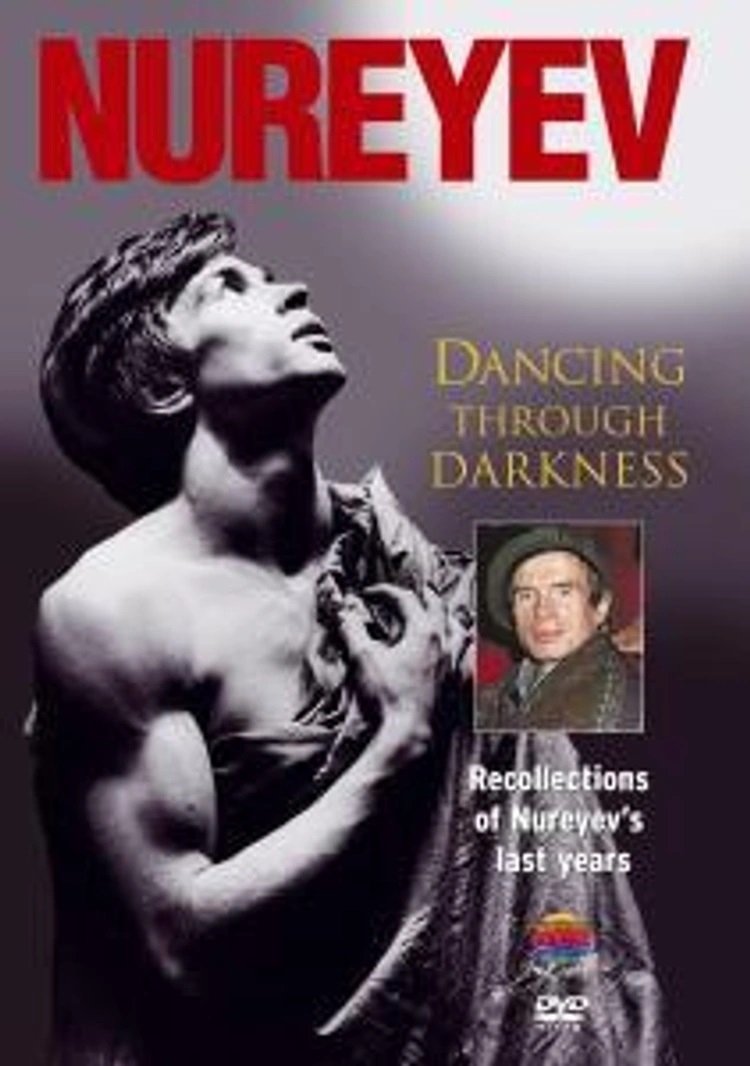
Nureyev: Dancing Through Darkness
Despite his HIV-positive diagnosis in the early 1980s, Russian-born ballet...
Biography
Rudolf Khametovich Nureyev (17 March 1938 – 6 January 1993) was a Tatar dancer from the former Soviet Union, considered one of the most celebrated ballet dancers of the 20th century. Nureyev's artistic skills explored expressive areas of the dance, providing a new role to the male ballet dancer who once served only as support to the women. He defected to the West, despite KGB efforts to stop him. According to KGB archives studied by Peter Watson, Nikita Khrushchev personally signed an order to have Nureyev killed Description above from the Wikipedia article Rudolf Nureyev, licensed under CC-BY-SA, full list of contributors on Wikipedia
